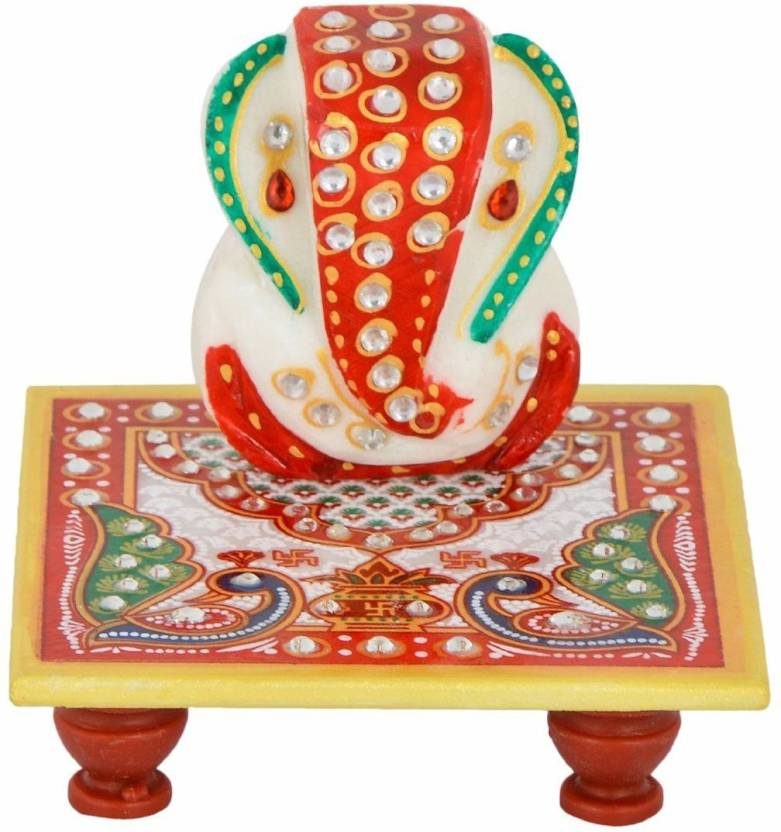Description
The original location of the pepper plant is considered to be South India itself. It is cultivated in countries like Indonesia, Borneo, Indochina, Malay, Lanka and Siam etc. outside India. In world-famous Indian Garam Masala, with both historical and economic perspectives, black pepper is a very important place. Its description and use in Ayurvedic texts has been running since ancient times. Greece, Rome, Portugal etc. It is also mentioned in thousands of years of history of different countries of the world. The main reason for the discovery of coastal areas of India’s famous Malabar by Vasco-da-Gama in the 15th century was also the economic significance of black pepper trade.
Black pepper plant is produced by plurality in the forests of Travancore and Malabar. In addition, it is also cultivated in most of the hills of Talatakor, Cochin, Malabar, Mysore, Kurg, Maharashtra and Assam in the hills of Sylhet and Khasi. It is home-grown in many parts of south India. In fact, the expansion of India’s area of black pepper should be understood from North Malabar and Konkan, in the south to Travancore Cochin.
Use [edit]
In addition to 5 to 9 percent of its donation, one aromatic oil, called Piperine, Piperidin and Chavicin, contains an aromatic oil from 1 to 2.6 per cent, 6 to 14 per cent of bright green scented garlic, 30 per Syrup starch etc. are found.
Black pepper is fragrant, stimulant and refreshing. In Ayurveda and Greek therapeutics, it is used in diseases such as cough, vata, breathing, pyelitis, insomnia etc. For the sake of hunger and fever in the south, then it is drunk with its special type of ‘rasam’ food. In Indian food it has a modular use as a spice. In Western countries, its unique use is also used in canning of various types of meat, for the preservation of food items and as a spice.
Reference text [edit]
- K.R. Kirtikar and B.D. Basu: Indian Medicinal Plants Khaanu 3;
- R.N. Chopra, etc.: Chopra’s Indigenous Drugs of India;
- B. Mukerji: The Indian Pharmaceutical Codex, Volume 1;
- R.N. Chopra etc.: Glossary of Indian Medicinal Plants
- Ernest Gunther: The Essential Oils, Volume 5;
- N. s. Vyaskar Moush: Ayurvedic Flora Medica, Volume 1;
- K.R. Damle, etc.: Report on the Spices Enquirer Committee;
- P. Abrahham: Paper Cultivation in India;
- W. a. Pouch; Perfumes, Cosmetics and Soaps, Volume 1;
- YR Neves and G. Majure: Natural Perfume Materials;
- Ernest Perry: The Chemistry of Essential Oils and Artificial Perfumes, Volume 1













Reviews
There are no reviews yet.